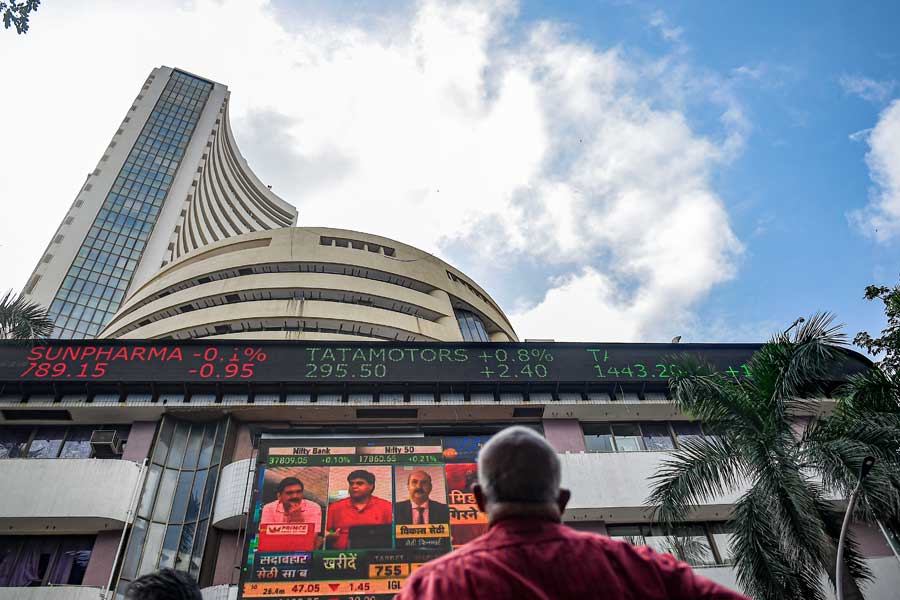The finance minister talked about the nine distinct pillars namely — agriculture/farm and welfare; rural focus; social healthcare; education and job creation; infrastructure & investments to improve quality of life; financial sector reforms; governance — ease of doing business; fiscal discipline; and tax reforms.
To bring about accountability, the role of technology is inherent. Therefore, in the past the government has rolled out several programmes such as Digital India, Smart Cities, Skill India, Make in India, Start-up India, etc., to connect, to empower, to enrich the people of India and to grow cities using technology.
The budget builds on this vision and proposes the following points to boost the technology sector and lead to better accountability, ease of doing business and ease of compliance for the common man.
Indirect benefits for the GDP growth:
• Under digital India initiative, modernisation of land records to take place
• E-procurement of agricultural produce coming into use
• E-Platform to connect wholesale agri-markets
• Digital depository for school and college certificates, degrees, academic awards, etc. to be set-up
• Computer processing of court cases
• Scope of e-assessment to be expanded to 7 mega cities, to simplify compliance for taxpayers
• Automation of 3 lakh fair price shops
• IT department will expand e-sahyog to reduce compliance cost for small taxpayers
• IT enablement of public services to rationalise human resources
• National Digital Literacy Scheme and National Saksharta Abhiyaan for rural India to increase digital literacy of 6 crore additional households within next 3 years
Tax proposal
• 100% deduction for start-ups for any 3 years out of first five years if they are set-up between 1 April 2016 to 31 March 2017 (MAT applicable)
• Interest at the rate of 9 per cent per annum against normal rate of 6 per cent per annum for delay in giving effect to Appellate order beyond 90 days
• Patent regime: 10 per cent taxation (applicable for patents developed in India and exploited globally)
• Changes in customs and excise duty rates on certain inputs to reduce costs and improve competitiveness of domestic IT hardware industry
Increased clarity in telecom
Telecom sector provides the basic infrastructure required to enable digital services and promote GDP growth. Several proposals in the budget to build digital services and e-platforms will be facilitated by robust and next generation mobile and broadband networks.
There has been several litigations and uncertainty covering the telecom sector for the past few years. The budget 2016 brings about increased clarity on some matters which will reduce / eliminate litigations and bring certainty to some extent.
FM clarified that the transfer of spectrum is service and not transfer of intangible asset which means that service tax would be applicable on transfer of spectrum. We believe that Cenvat credit would be available on such service tax payment and therefore is tax neutral for assesse. This clarification has bought in clarity and would avoid litigations.
The budget brings in a new section 35ABA which allows deduction for spectrum payments over the period of right to use spectrum. We hope that this ends the uncertainty regarding section under which spectrum cost is deductible. It would have been better if the full amount of the spectrum would have been allowed as deduction over the period, instead of deduction post the actual payment, as deferred payment liability is in the form of a loan. Further, clarity would help in respect of payments made in the years prior to March 2016 for acquisition of spectrum under various auctions held by Government in the past.
Joshi is partner with Deloitte Haskins & Sells LLP











